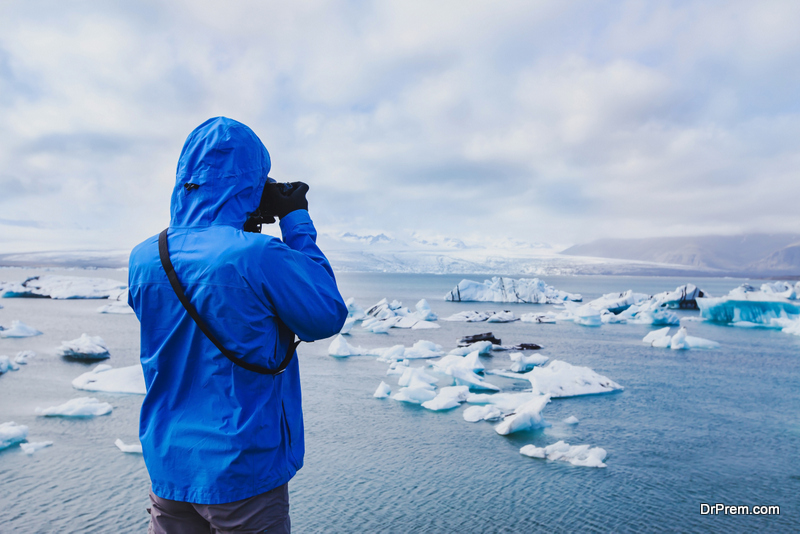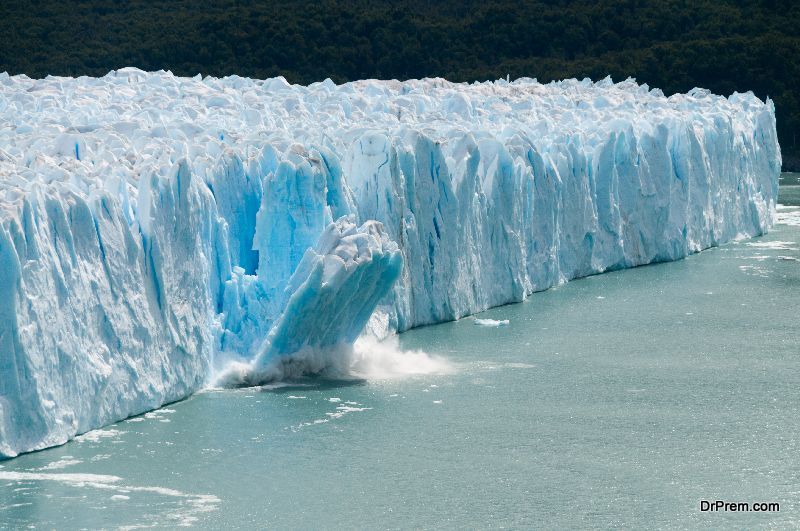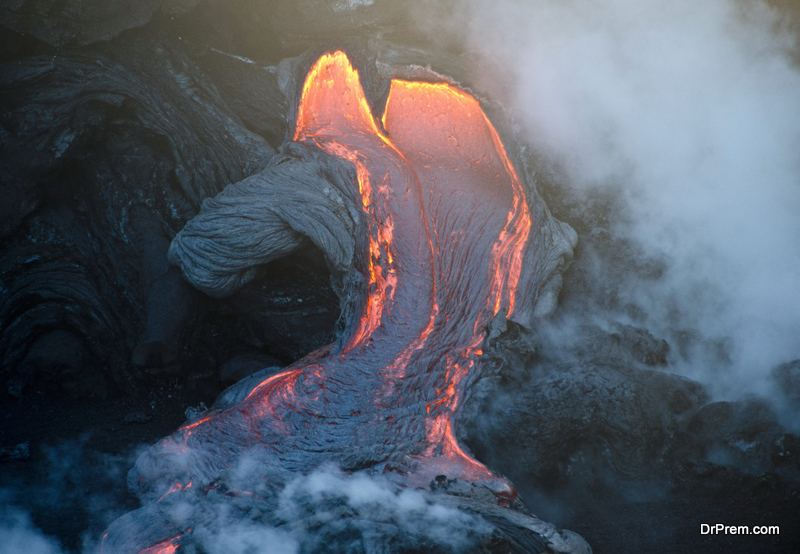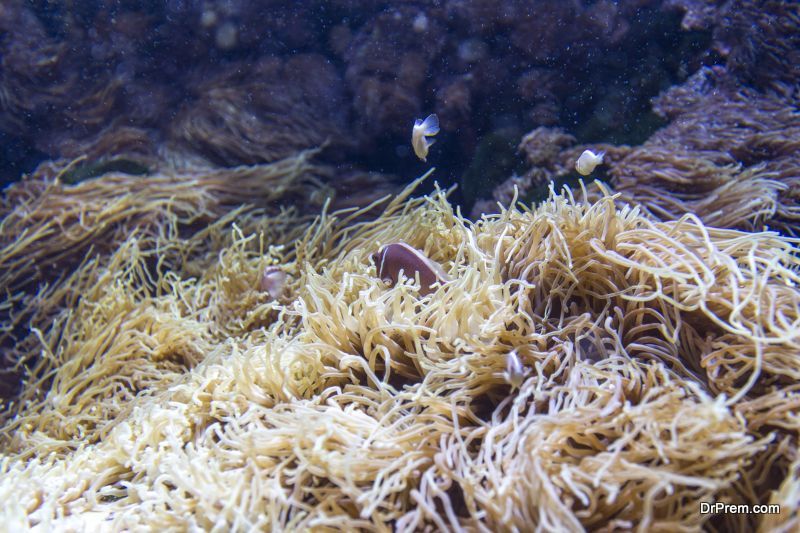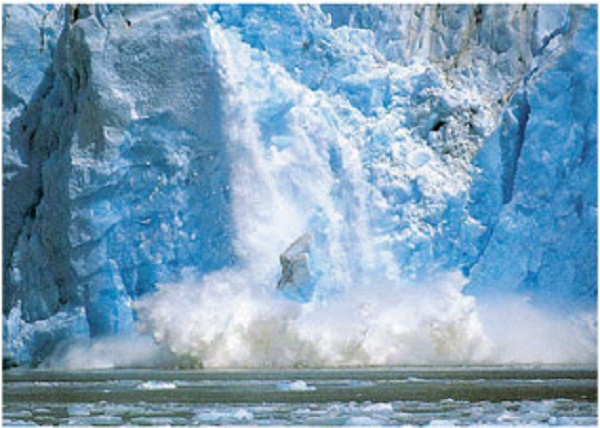We are no longer just living in the world. In fact, we are now exploiting it. However, no matter how hard we try to ignore it, our exploitation isn’t without its harmful impact. Now more than ever we are beginning to realize that everything is interconnected. If we are harming the environment, then the same harm is coming to us. Climate change in recent years shows the same. Most of it is due to global warming, which is, for the most part, a purely man-made phenomenon and has many destructive effects associated with it. However, before learning about the destructive effects of global warming we should first understand what it actually is.
What is global warming?
Global warming is a slow and continuous increase in the average temperature of the atmosphere surrounding the Earth. Furthermore, it also has its impact on the vast oceans on its landscape.
This effect is primarily caused by a few gases like carbon dioxide, ozone, nitrous oxide, methane, and water vapor. These are better known as greenhouse gases. These gases are capable of absorbing heat from the Sun’s rays and emitting it back to space. Therefore, these play an important role in maintaining surface temperatures on Earth. Without them, it would become too cold for human existence. However, when in excess quantities, these gases tend to have a negative impact on the environment. These might cause natural calamities that make our lives difficult.
Pollution from extensive industrialization, deforestation and the burning of fossil fuels, are a few important factors that affect the level of greenhouse gases in the atmosphere. In the end, these lead to unpredictable natural disasters and climate changes. Here are six of the most destructive effects of global warming that we are faced with:
1. Increased probability and intensity of droughts and heatwaves
As the atmosphere gets saturated with higher levels of greenhouse gases, surface temperatures on the Earth are bound to increase. These gases tend to absorb and retain more of sun’s heat. Therefore, they do not allow it to escape freely into the outer space, causing the land, air, and water to heat up. This in turn speeds up evaporation of water from the land and freshwater sources. In the end, this leads to frequent and severe drought conditions. High land and air temperatures create intense heat conditions.
2. Polar ice caps melting
Ice caps and glaciers that dominate the Arctic Pole. However, these are now melting at an alarming rate, submerging vast expanse of land in the process. The meltdown is also simultaneously opening up access to vast deep-sea oil and gas deposits. This also includes the vast methane reserve lying in the Tundra region. This, in turn, is endangering the Arctic marine ecosystem, impacting shipping routes. Furthermore, it is also impacting the cool water currents that flow down to Europe and Africa. A tremendous change is also observed in terms of the new land revealed by melting ice. Moreover, there’s also variations in shore-lines, leading to conflicting international interests in the geographical terrain.
3. More floods
 Heat wave conditions and increasing land and air temperature trigger faster evaporation of water, eventually leading to cloud formation and torrential downpours. Varying temperature settings are bound to create flash floods other than those occurring during the regular rainy seasons. Research findings reveal that a two-degree increase in global temperatures will increase frequency of floods occurring in a century, by up to 5 times.
Heat wave conditions and increasing land and air temperature trigger faster evaporation of water, eventually leading to cloud formation and torrential downpours. Varying temperature settings are bound to create flash floods other than those occurring during the regular rainy seasons. Research findings reveal that a two-degree increase in global temperatures will increase frequency of floods occurring in a century, by up to 5 times.
4. Fires and wildfires
De-forestation associated with farming and construction of residential buildings bordering forest land, sparse dry vegetation, combined with drought and high temperatures, form an ideal setting for wildfires which rage over forests and bush lands for days together. Instances of wildfires are expected to be on the rise with the increase in heat wave conditions, which are commonly associated with the greenhouse effect. In the absence of green cover, lightning induced fires are also expected to be on the rise resulting in loss of human/wild life and property.
5. Increased volcanic activity
Although there is no immediate danger of volcanic disaster, a research carried out by a team from University of Leeds, headed by Dr Carolina Pagli, reveals that melting glaciers in Iceland and other polar regions have reduced the mass of the Arctic ice-cap, and hence the pressure exerted by the ice on the land beneath it. Absence of sufficient pressure, allows the rock deep within the Earthâs surface, to melt easily and the extra magma be thrown up through the active volcanoes.
6. Coral reef bleaching
Devastation is happening across the Caribbean Sea. Its brilliant treasures, coral reefs are under serious attack of deadly diseases. And it is happening after the last summer’s massive bleaching of coral. Scientists fear that this two-pronged assault is one of the worst threats to the Caribbean undersea vulnerable gardens.
Blame the unusually hot water across the Caribbean region behind the attack killing the undersea coral treasures. According to some scientists, this heating phenomenon is an after-effect of global warming!
And if this destruction phenomenon cannot be arrested, the future of the habitats is surely alarming! The rich garden serves as spawning grounds, nurseries and also tourist attractions. It is also an indicator or an alarm system of the oceans’ health.
Climate change is alarmingly devastating the Great Barrier Reef and in turn the food source of its exotic fish species! An environmental study has found that the fish’s food source is disappearing rapidly along with the changing climate, leaving the species to starve to death!
More than 30 per cent of the world’s coral reefs have already been bleached by rising sea temperatures. This astonishing phenomenon is found by the ARC Centre of Excellence for Coral Reef Studies’ five-year study.
As a result of this wiping out of the coral reefs, smaller fish that normally feed on live coral are dying off! This could eventually throw the fish food chain out of balance, consequently throwing local fishing and tourism operations out of gear soon.
Final Words
In addition to the trauma caused by these effects, costs and human effort involved in addressing these calamities is tremendous; Needless to say that it is impossible to accurately estimate loss of life, property and income/revenue. We could, however, reduce emission of carbon dioxide by preserving the natural carbon sinks of dense forest cover and fresh water sources. We should also try to find out which food was received in the temperature danger zone. It is a well-known fact that trees absorb carbon dioxide during their vital photosynthesis process, and release the much required oxygen, thereby, providing a mutual win-win situation for life on earth. Reduced dependency on fossilized fuels and stringent emission control measures will also help to slow down global warming.


